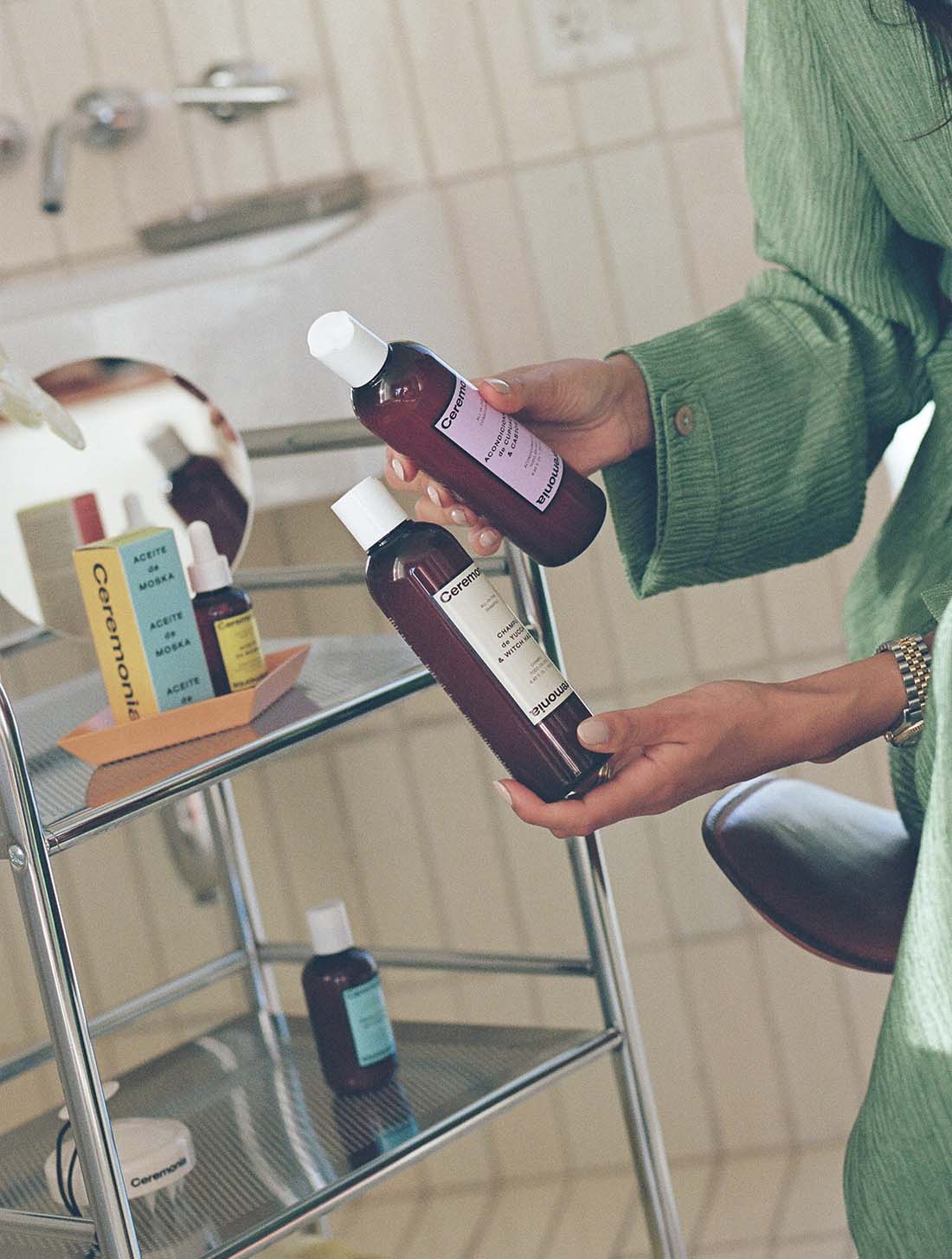Do you know what’s in your hair care? If you don’t know how to answer this, you’re not alone. Shopping for hair products can be very daunting, especially with the options seemingly endless. We walk into the hair care aisle, grab a bottle, and skim the label to be met with a list of words to decode. As clean beauty products have increased their popularity as of late, it’s an incentive for many of us to do some research on the ingredients in some of our most cherished products. Many brands have increased their transparency as well, making the ingredients easily accessible on both the packaging itself, and online, as well as making the switch to natural ingredients in their products.
Benefits of silicone free shampoo & conditioner
In terms of using clean hair care products, many have flocked to this from their own interest in wanting to rock their own natural style. When shopping for clean hair care, there are a few ingredients to be looking out for that can be quite damaging to our precious scalps, especially in shampoo and conditioner. An ingredient found commonly in hair care products is Silicone. Silicone works to leave your hair soft - but only temporarily - because it can build on hair, resulting in a dry and dull feeling after extended use. This can cause your hair to become weaker and more prone to breakage. Silicone is also what provides the slip when washing your hair. Slip can be described as how well a product can run through our hair, for example, like when we are detangling our locks in the shower. As for clean hair care, using a silicone-free shampoo and conditioner can be extremely beneficial. When ditching silicones, you can ensure that your hair will be naturally healthy in the long term, as the natural oils in your scalp will be restored. You won’t have to rely on chemicals only to soften your hair, when your locks will be naturally conditioned. So, make sure you’re avoiding any products that end in -cone, -conols, -silones, and -siloxanes as these work similarly.
Is Sodium Laureth Sulfate bad for hair?
Another ingredient you might have seen (or heard of) is Sodium Laureth Sulfate, one of the most commonly used Sulfates. After looking at my personal stash of products, I realized this was a lot more common than I thought. If you haven’t heard of it, Sodium Laureth Sulfate is what makes products create a lathering effect. Sulfates can have too much of an effect on your scalp and hair, resulting in excess stripping away of naturally occurring proteins and oils. Therefore, it can be very drying, leaving your hair feeling almost too clean ( if that were a thing). Here are some more similar culprits to watch out for in your hair care:
- Sodium Lauryl Sulfate
- Laureth Sulfate Sodium
- Lauryl Sulfoacetate Sodium
- Lauroyl Isethionate
- Sodium Lauroyl Taurate
Parabens in shampoo & conditioner
An additional ingredient you should steer clear from in hair care are Parabens. They are commonly found in hair care as they are what help increase the shelf life for products. Although the life of a hair care product is important, as we want products to last as long as possible, it’s not worth compromising our own health and safety. Parabens are harmful as they can cause issues like irritation on your scalp, drying, fading your color, and in the most extreme cases hair loss. Because parabens and any other (toxic) ingredients can be absorbed right into your scalp, it’s best to stay away from it as those chemicals are directly entering our bloodstream. There are also different types of parabens, including butylparaben, ethylparaben, methylparaben, and isobutylparaben. Like different sulfates, they are just as harmful as their better known siblings.
There’s no doubt that making the switch to clean hair care can seem time consuming and difficult, but it’s well worth it. It’s important that we aren’t just looking at the labels on the food we eat, but the products we use, and what we put on our body. We deserve to treat our hair with the utmost importance and using clean products is a step in the right direction. Our locks are an extension of our best selves, and when our hair feels good, we do too.





